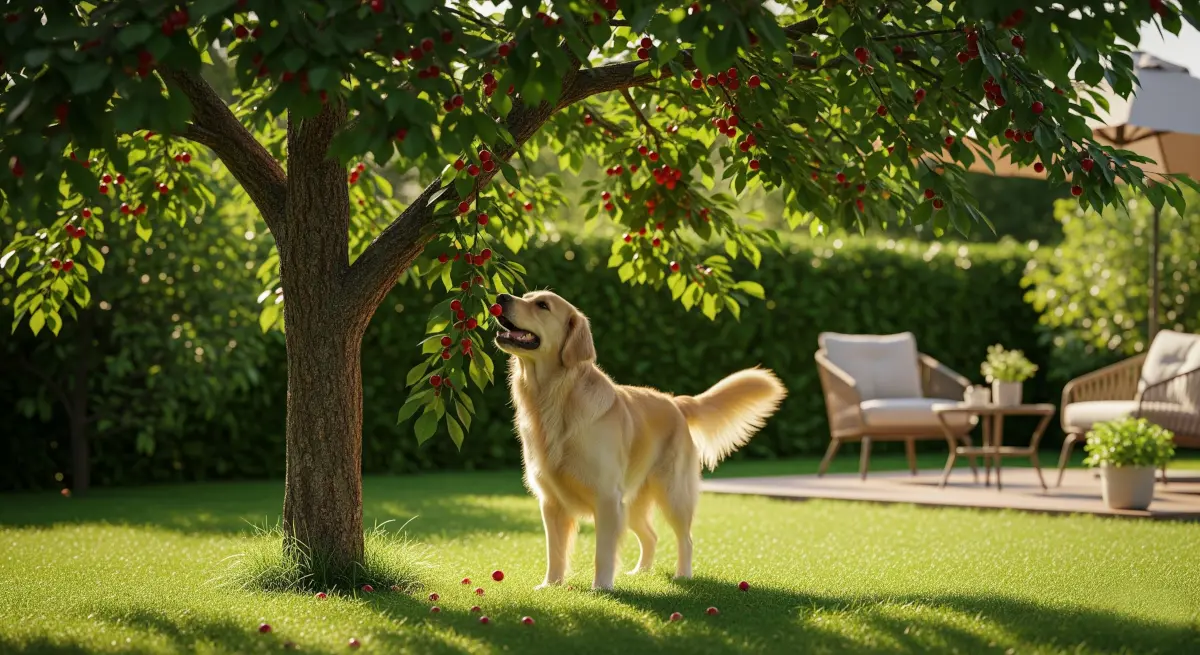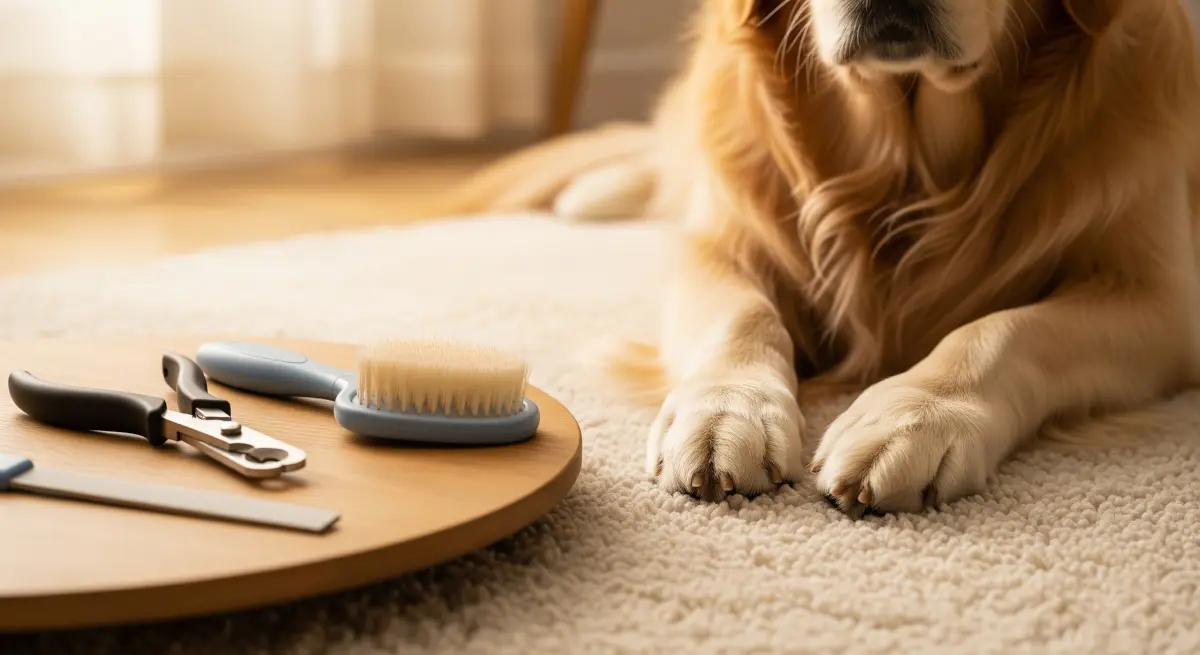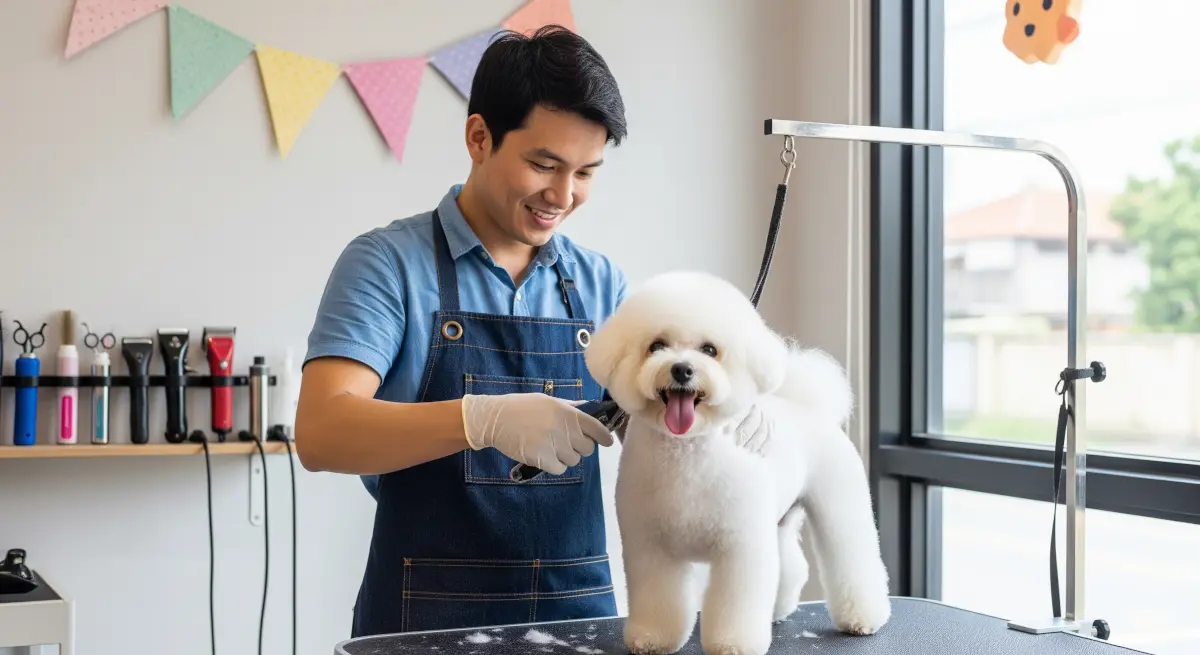Creating a successful crate training schedule is one of the most important steps in welcoming a new puppy or dog into your home. This comprehensive guide will walk you through evidence-based strategies, customizable timelines, and expert tips to make crate training a positive experience for both you and your furry companion. Whether you’re dealing with a brand-new puppy or an adult dog, the right schedule can transform your pet’s relationship with their crate from anxiety-inducing to comforting.
Table of Contents
- Understanding Crate Training Fundamentals
- Age-Based Crate Training Schedules
- Creating Your Daily Routine
- Customizing for Your Dog’s Needs
- Common Challenges and Solutions
- Tracking Progress and Adjustments
- Frequently Asked Questions
Understanding Crate Training Fundamentals
Before diving into specific schedules, it’s essential to understand why crate training works and how to set up your dog for success. Crate training isn’t just about confinement—it’s about creating a safe, comfortable space that becomes your dog’s personal sanctuary. This foundation is crucial for effective teaching dog obedience and establishing healthy boundaries in your home.
The key to successful crate training lies in making the crate a positive space from day one. Start by placing the crate in a central area of your home where your family spends most of their time, such as the living room. This location helps your dog feel included while learning to be comfortable in their designated space.
Setting Up the Crate Environment
Transform the crate into an inviting space by adding comfortable bedding, favorite toys, and even feeding your dog their meals inside. This creates positive associations that make the crate feel like a reward rather than a punishment. Remember, the crate should be large enough for your dog to stand up, turn around, and lie down comfortably, but not so large that they can use one end as a bathroom.
Age-Based Crate Training Schedules
The foundation of any effective puppy training schedule crate system is understanding your dog’s physical and emotional development. Different ages require different approaches and time limitations to ensure both safety and success.
8-Week-Old Puppies
For puppies just starting their journey, limit crate time to a maximum of 2 hours during the day. At this age, puppies have limited bladder control and high energy needs. Your schedule should include:
- Short 30-minute crate sessions with supervised breaks
- Crate time immediately after meals and play sessions
- Overnight crating with one scheduled bathroom break
- Positive reinforcement every time they enter the crate willingly
12-Week-Old Puppies
As your puppy develops better bladder control, you can extend crate time to 3 hours maximum. This stage focuses on building confidence and establishing routine:
- Gradual increase in crate duration
- Introduction of puzzle toys to prevent boredom
- Consistent meal times followed by crate rest
- Regular potty breaks every 2-3 hours
4-Month-Old Dogs
At 4 months, most puppies can handle up to 4 hours of crate time. This is when you can start implementing a more structured dog crate training schedule that aligns with work schedules:
- Morning crate session while getting ready for work
- Midday break for exercise and bathroom needs
- Afternoon crate time if needed
- Evening activities and training sessions
6-Month-Old Dogs and Older
Dogs over 6 months can typically handle up to 6 hours of crate time, but this should be the absolute maximum. Adult dogs benefit from a routine that includes:
- Extended morning crate sessions
- Optional afternoon rest periods
- Evening freedom with supervised activities
- Overnight crating as needed
Creating Your Daily Routine
A successful crate training schedule integrates seamlessly with your family’s daily life. Here’s a sample routine that works for most households:
Morning Schedule (6:00 AM – 9:00 AM)
6:00 AM: Wake up and immediately take your dog outside for bathroom needs. This consistent morning routine helps establish reliable potty habits.
6:30 AM: Feed breakfast inside or near the crate to maintain positive associations. Allow 15-20 minutes for eating and digestion.
7:00 AM: Short play session or walk to burn energy before crate time.
7:30 AM: Encourage your dog to enter the crate with a special toy or treat. Use positive commands like “crate time” or “go to bed.”
Midday Schedule (12:00 PM – 1:00 PM)
12:00 PM: Lunch break bathroom trip and brief exercise session.
12:30 PM: Optional feeding for puppies under 6 months.
12:45 PM: Return to crate with fresh water and a chew toy.
Evening Schedule (5:00 PM – 10:00 PM)
5:00 PM: Release from crate with immediate outdoor time for bathroom and exercise.
5:30 PM: Dinner feeding and family interaction time.
7:00 PM: Training sessions, playtime, or walks.
9:00 PM: Final bathroom break and preparation for overnight crating.
Customizing for Your Dog’s Needs
Every dog is unique, and successful crate training requires adapting your schedule to fit your pet’s individual personality, breed characteristics, and your family’s lifestyle.
Breed-Specific Considerations
High-energy breeds like Border Collies or Australian Shepherds may need more exercise before crate time, while calmer breeds like Bulldogs might adapt more quickly to extended rest periods. Working breeds often benefit from puzzle toys and mental stimulation during crate time.
Multi-Pet Households
If you have multiple pets, consider how their interactions affect crate training. Some dogs feel more secure when they can see their companions, while others need complete separation to relax properly.
Work Schedule Adaptations
For pet parents with non-traditional work schedules, the key is maintaining consistency. Night shift workers might need to adjust timing but should keep the same intervals and routine patterns.
Common Challenges and Solutions
Whining and Crying
Vocal protests are normal, especially during the first few weeks. Resist the urge to release your dog immediately, as this teaches them that crying gets results. Instead, wait for a quiet moment before opening the crate.
Refusing to Enter
If your dog resists entering the crate, slow down the process. Feed meals inside the crate with the door open, and gradually close the door for short periods while they eat.
Accidents in the Crate
Accidents usually indicate the crate is too large or the schedule needs adjustment. Ensure bathroom breaks occur frequently enough for your dog’s age and physical needs.
Destructive Behavior
Chewing or scratching inside the crate often signals anxiety or boredom. Provide appropriate chew toys and ensure your dog gets adequate exercise before crate time.
Tracking Progress and Adjustments
Monitor your dog’s progress through clear behavioral indicators. Success looks like voluntary crate entry, peaceful rest periods, and gradually reduced anxiety around crate time.
Weekly Assessment Points
Evaluate your dog’s comfort level weekly and adjust the schedule as needed. Look for signs of stress or anxiety, and celebrate small victories like entering the crate without treats or sleeping peacefully through the night.
Long-Term Goals
The ultimate goal is a dog who views their crate as a safe haven. Most dogs achieve this comfort level within 4-6 weeks of consistent training, though some may take longer.
Frequently Asked Questions
How long should I crate train my puppy each day?
The total daily crate time depends on your puppy’s age and individual needs. For puppies under 6 months, limit continuous crate time to no more than 3-4 hours during the day, with overnight crating as needed. Adult dogs can handle longer periods but should never exceed 6-8 hours total. Remember to include regular bathroom breaks, exercise, and social interaction throughout the day.
What should I do if my dog cries in the crate?
Crying is normal during the initial adjustment period. Avoid releasing your dog immediately when they cry, as this reinforces the behavior. Instead, wait for a quiet moment before opening the crate. If crying persists beyond the first week, evaluate whether the crate is comfortable, the schedule is appropriate for your dog’s age, and you’re providing enough exercise and mental stimulation.
Can I use the crate for punishment?
Never use the crate as punishment. This destroys the positive association you’re trying to build and can create anxiety around crate time. The crate should always be presented as a safe, comfortable space. If you need to separate your dog for behavioral reasons, use a different area of the house.
How do I know if my crate training schedule is working?
Signs of successful crate training include your dog entering the crate willingly, remaining calm during crate time, sleeping peacefully through the night, and showing no signs of distress when you prepare to leave. Most dogs show significant improvement within 2-3 weeks of consistent training.
Should I cover the crate?
Many dogs feel more secure with a partially covered crate, as it creates a den-like environment. Use a light blanket or crate cover, but ensure adequate ventilation. Some dogs prefer an open crate, so observe your pet’s preferences and adjust accordingly.
Establishing a consistent crate training schedule is an investment in your dog’s long-term happiness and your family’s peace of mind. Remember that every dog progresses at their own pace, and patience combined with consistency will yield the best results. The time and effort you put into proper crate training now will pay dividends in creating a well-adjusted, confident companion who sees their crate as a personal sanctuary rather than a confinement. Stay committed to the process, celebrate small victories, and don’t hesitate to adjust your approach based on your dog’s individual needs and responses.





